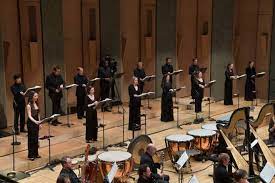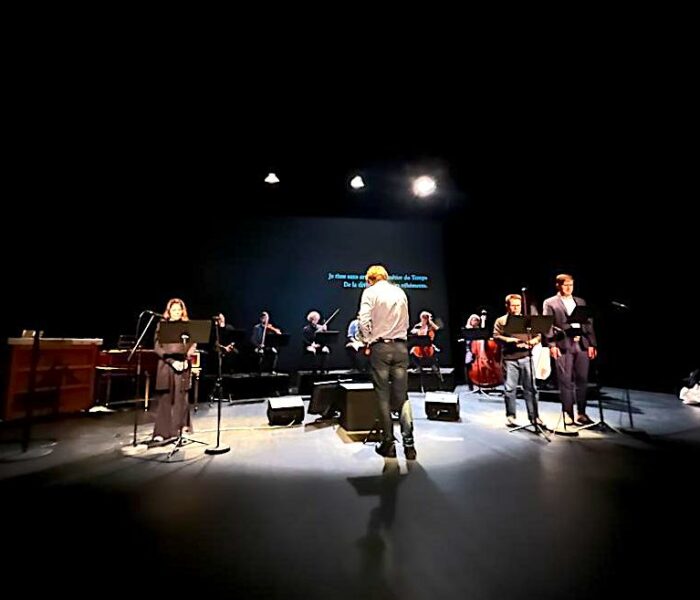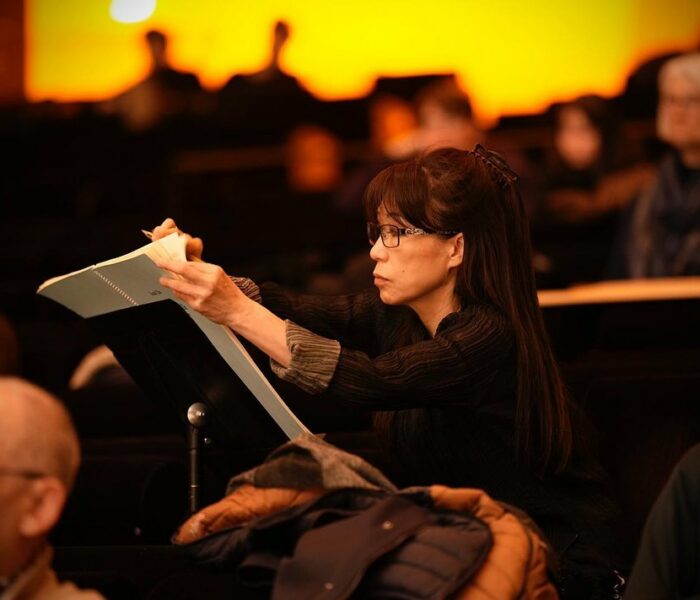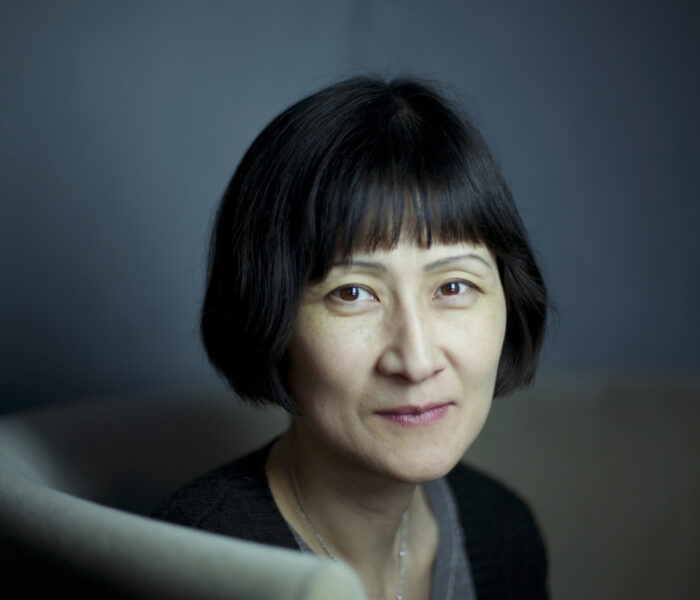Triple commande de la Casa da Música de Porto, de l’Ensemble Intercontemporain et des Métaboles, le Requiem de Francesco Filidei a été donné en création française le 21 janvier à la Cité de la Musique, capté puis retransmis en différé le même jour sur Philharmonie Live.
Le compositeur nous livre quelques réflexions sur cette nouvelle œuvre.
Écrire un requiem n’est pas chose anodine. Qu’est-ce qui t’a amené à un tel choix ?
Je crois que c’est un mystère que je ne suis pas encore apte à décrypter. L’envie d’écrire un requiem vient vraisemblablement de cette problématique liée à la mémoire qui traverse ma composition ; le souvenir de ma grand-mère frappant le cercueil de mon grand-père à son enterrement est une image qui me reste présente à l’esprit et je sens en moi ce désir d’exprimer cette pensée très forte de la mort ; j’ajouterai également que je suis organiste et attaché au rituel de l’église. J’ai déjà écrit une messe – Missa super l’Homme armé – mais je n’avais pas encore envisagé de requiem ; c’est donc chose faite !
Est-ce un requiem qui s’inscrit dans la tradition du genre ?
J’ai gardé le texte liturgique en latin et les parties principales du rituel liturgique : Requiem, Kyrie et Dies Irae, comme l’a fait Ligeti. Mais j’ajoute, après le Dies irae très dramatique, un Agnus qui conclut l’œuvre dans un climat plus neutre et apaisé, presque consonant, une grande oscillation très douce sur le souffle caressant du rhombe (instrument à vent que l’on fait tourner au-dessus de la tête) que j’affectionne tout particulièrement.
Comment envisages-tu le traitement vocal du chœur ?
L’écriture chorale est surtout rythmique, avec des scansions et une vigueur particulière, non exempte d’une certaine violence (comme ces coups de fouet qui claquent dans le Kyrie), celle que je ressens en moi et qui doit s’exprimer. A cet effet, j’ai utilisé, comme je le fais assez souvent dans mes œuvres, des tasers (pistolets à impulsion électrique), interdits sur la scène portugaise où le Requiem a été créé, mais qui ont pu fonctionner, à la Cité de la Musique à Paris.
On y entend certaines tournures populaires, comme dans Les Noces de Stravinsky.
En effet, j’en suis conscient. Mais ça n’a pas été un modèle pour moi. J’invoquerai plutôt le De temporum fine comœdia (La comédie de la fin des temps) de Carl Orff, un “opéra–oratorio” écrit à la fin de sa vie où il pousse à son paroxysme les recherches sur le rythme choral et la dimension percussive dans une manière brutale et primitive qui me plait et qui m’a accompagné dans l’écriture de mon Requiem, notamment dans les traitements de masse, lorsque tout le chœur se met à battre des mains.
C’est un requiem « très italien » dis-tu ; dans quel sens ?
Sur le plan dramaturgique, théâtral tout d’abord, comme chez Verdi, avec des contrastes ménagés entre les quatre parties ainsi qu’au sein du Dies Irae, et des couleurs, celles des voix d’hommes dans le Mors stupebit avec sirène et sons bruités. Deux passages mettent la voix soliste en vedette. Le ténor d’abord, dans le Dies irae, qui reprend un chant traditionnel sarde (la patrie de mes ancêtres) sous l’accompagnement du chœur, des appeaux et des cloches de vache, dans un contexte très pastoral. La seconde intervention soliste concerne le Lacrimosa, chanté par une des sopranos du chœur, une séquence particulièrement expressive, sur un bourdon extrêmement grave, où je fais valoir le « beau chant » dans une grande tension émotive.
Quelle a été la genèse de ce Requiem ?
L’ensemble Remix de Porto m’a demandé une pièce pour fêter ses vingt ans d’existence. L’idée d’un Requiem pour célébrer un anniversaire était un peu surprenante mais ne leur a pas déplu. C’est l’ensemble les Métaboles au côté de l’EIC et sous la direction de Léo Warynski qui étaient sur la scène de la Philharmonie de Paris pour la création française le 21 janvier à la Philharmonie.
Après la Missa super l’Homme armé et le Requiem, as-tu d’autres projets avec le chœur et les instruments
J’ai envie cette fois d’écrire un Stabat Mater…
Propos recueilli par Michèle Tosi



)




